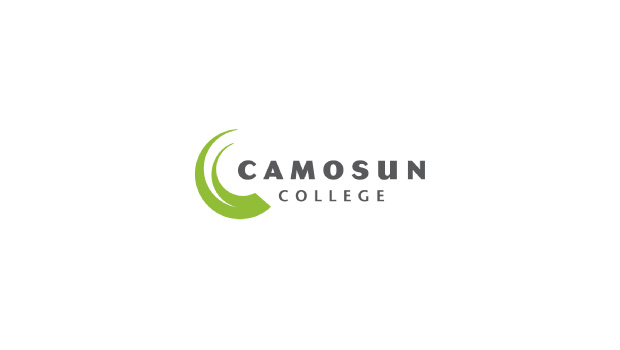
Learn to Suture with CAGIS (Ages 7-12)
Calling all future healthcare professionals! Did you know that doctors sometimes learn to suture by practicing on fruit? What an aPEELing idea! Grab a banana, tomato, or grape, and let’s do some training. This session will have you in stitches!

Learn to Suture with CAGIS (Ages 11-16)
Calling all future healthcare professionals! Did you know that doctors sometimes learn to suture by practicing on fruit? What an aPEELing idea! Grab a banana, tomato, or grape, and let’s do some training. This session will have you in stitches!

Storytime: Dancing Popcorn
Join Let's Talk Science Outreach to read Adam Rubin's book, "Big Bad Bubble" and complete a hands-on science activity about carbon dioxide bubbles!
In this activity, students will learn about carbon dioxide and how bubbles are formed. Using everyday household materials, they will then try an experiment where carbon dioxide bubbles cause popcorn kernels to quickly rise and sink within a jar.
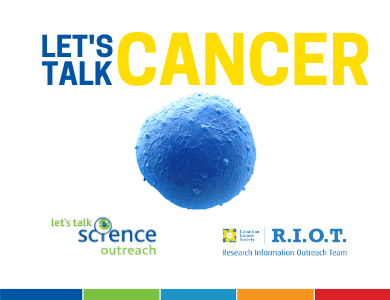
Let’s Talk Cancer
Let’s Talk Cancer was established to facilitate knowledge transfer between academia and high school students regarding the field of cancer biology. We hope to improve attending students' basic knowledge of cancer and the challenges of cancer research through interactive hands-on activities, panel discussions, and seminars from researchers and medical professionals.
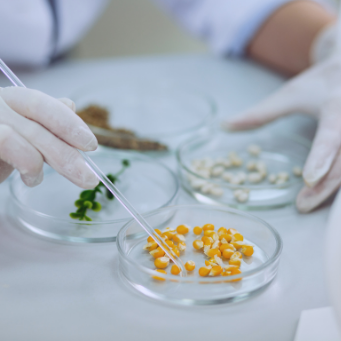
Bioengineering Day Symposium
Let's Talk Science at the University of Toronto St George is excited to host the second annual Bioengineering Day symposium for students in Grades 11-12 across Canada! This year the theme is 'Bioengineering from Bench to Bedside' where a range of topics will be discussed to give students an insight on how bioengineering plays an important role in developing therapeutics from the research stage all the way to the clinical stage.
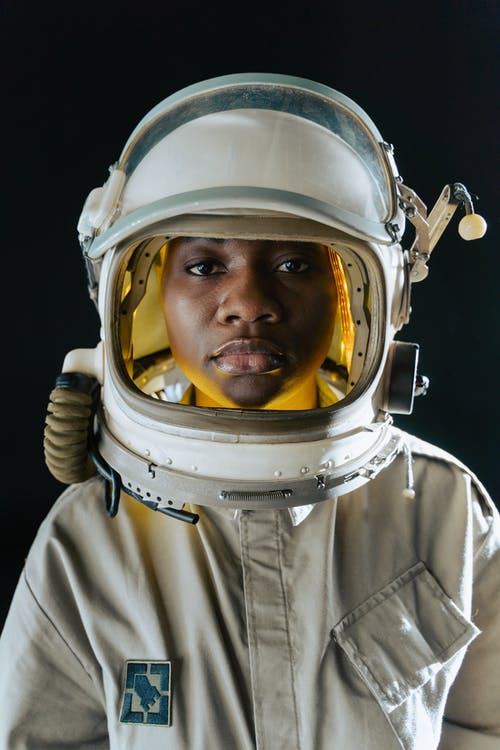
Girl Up STEM for Social Good Bootcamp: Exploring Space
Are you interested in aerospace engineering, astrophysics, and robotic technology? Do you have dreams of being an astronaut one day? Join this bootcamp to learn more about careers in space and deepen your understanding of the historical accomplishments of women in the space field!

Black Youth Coding Club
This STEM program has been developed by Black STEM Students to provide Black youth with role models and a safe space to explore STEM and develop skills critical for the future. This program is offered at no cost to families with the generous support of Actua and the Government of Canada’s CanCode program.
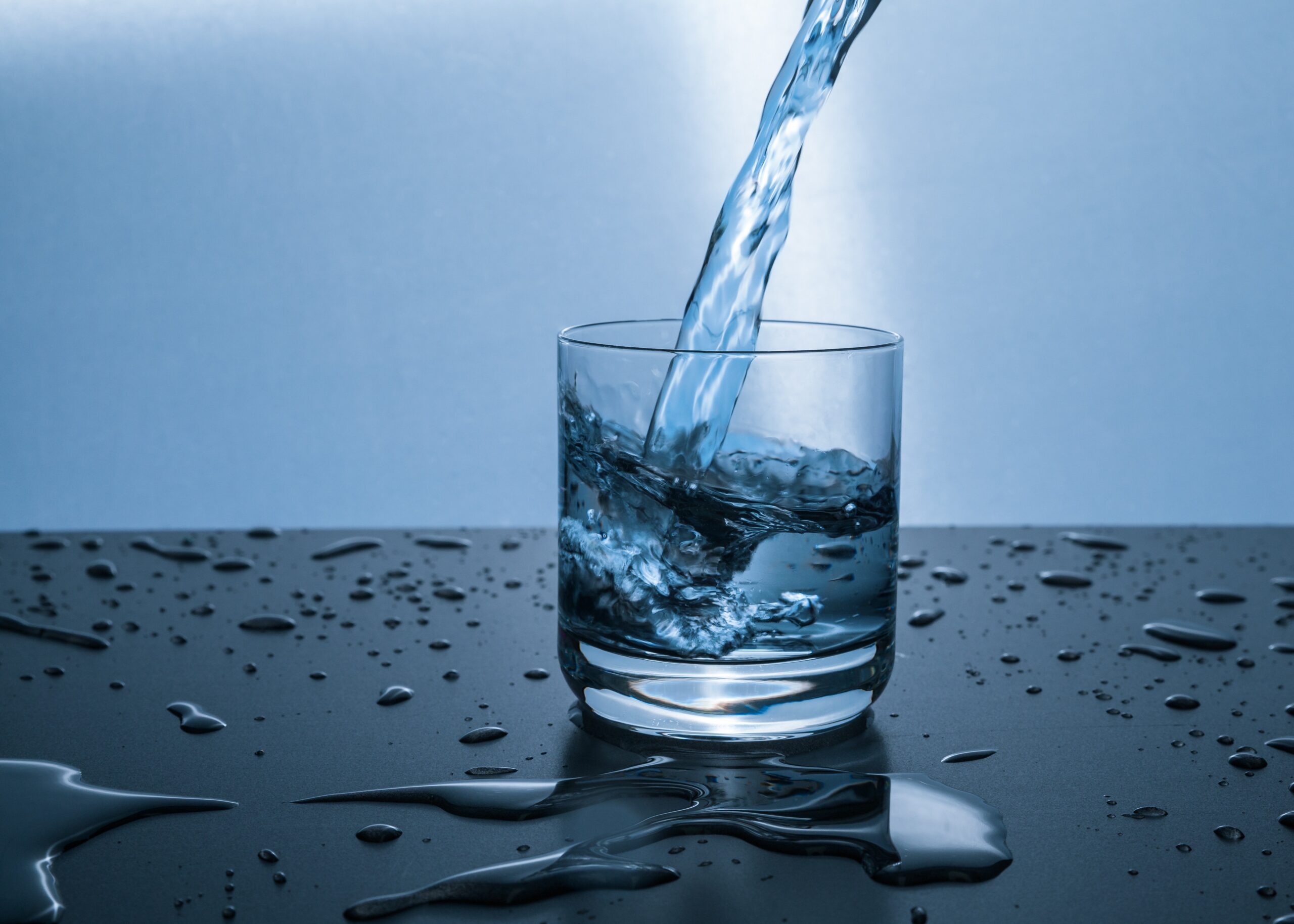
Water Filtration Activity (Ages 7-12)
Although water covers 73% of the Earth’s surface, only 3% of it is fresh water. Most of the Earth’s freshwater is frozen in glaciers, found deep underground, or otherwise inaccessible for use. Luckily, water is a renewable resource! Join us to make a water filter and learn about water contamination sources, the water cycle, and water filtration.

Water Filtration Activity (Ages 11-16)
Although water covers 73% of the Earth’s surface, only 3% of it is fresh water. Most of the Earth’s freshwater is frozen in glaciers, found deep underground, or otherwise inaccessible for use. Luckily, water is a renewable resource! Join us to make a water filter and learn about water contamination sources, the water cycle, and water filtration.
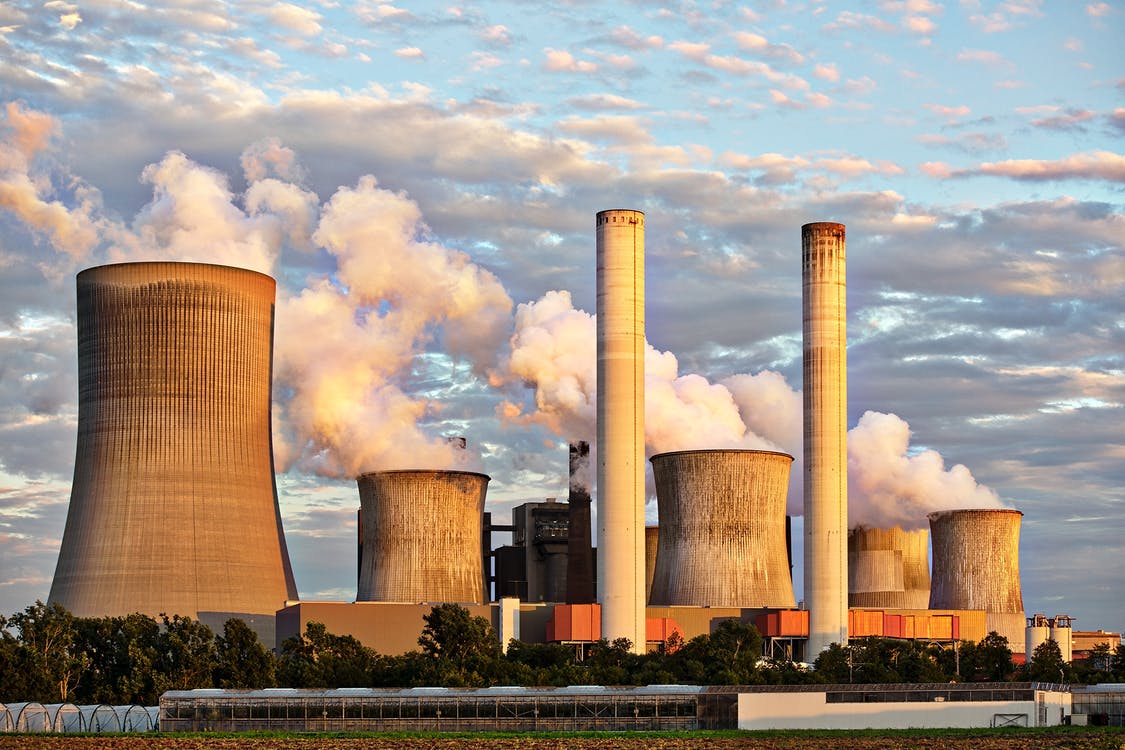
Let’s Talk Pollution
Are you concerned about the fate of the environment? Are you considering attending university? Register now for Let's Talk Pollution and learn about the different ways you can address pollution!
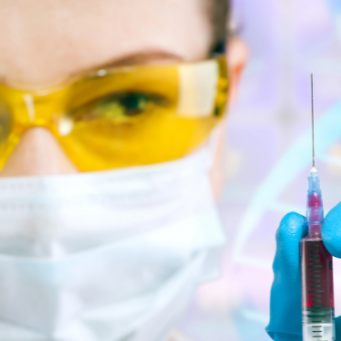
Medicine and Science: Two Sides of the Same Coin
Dr. Craig Bryan, M.D, will be speaking about his experiences as a medical doctor and as a research scientist. This webinar will cover his personal experiences in both fields, and how they led him along a confusing, but interesting path. Finally, Dr. Craig will focus on how clinical and basic sciences complement each other and are two sides of the same coin.
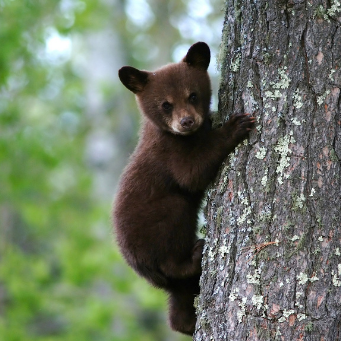
Storytime: Fat, Fur and Feathers
Join Let's Talk Science Outreach to read Jean-Denis Côté's book, "Winter Surprises" and complete a hands-on science activity about how animals keep warm!
In this activity, students will learn about animals in the winter and how they survive the cold. Using everyday household items, students will test whether fat, fur and feathers keep their hands warm by placing their hands on ice or snow.
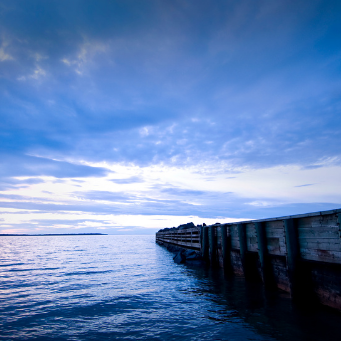
Let’s Talk Great Lakes: Invasive Species
The Great Lakes are five lakes in North America that are all freshwater lakes. This freshwater makes up 20 per cent of the world’s surface freshwater.
Four of these lakes are located in Ontario Canada: Lake Huron, Lake Ontario, Lake Erie, and Lake Superior. Lake Michigan is the only great lake that is entirely in the United States of America. These lakes are extremely important for aquatic life, ecosystems, drinking water, irrigation, as well as transportation. Invasive species, pollution, habitat destruction, as well as climate change are having significant impacts on these lakes.
This initiative is to highlight these issues, potential career opportunities associated with the Great Lakes, as well as to give hands-on opportunities to high school students in the aquatic and terrestrial fieldwork that is performed in and around these lakes.

Black Youth Coding Club
This STEM program has been developed by Black STEM Students to provide Black youth with role models and a safe space to explore STEM and develop skills critical for the future. This program is offered at no cost to families with the generous support of Actua and the Government of Canada’s CanCode program.

Activity: Platonic Solids (Ages 7-12)
Over two thousand years ago, the Greek philosopher Plato wrote about five special polyhedra shapes: the tetrahedron, the cube, the octahedron, the icosahedron, and the dodecahedron. Why have these shapes fascinated mathematicians, artisans and architects throughout the ages? Join us to learn more about the geometric secrets of platonic solids.

Activity: Platonic Solids (Ages 11-16)
Over two thousand years ago, the Greek philosopher Plato wrote about five special polyhedra shapes: the tetrahedron, the cube, the octahedron, the icosahedron, and the dodecahedron. Why have these shapes fascinated mathematicians, artisans and architects throughout the ages? Join us to learn more about the geometric secrets of platonic solids.
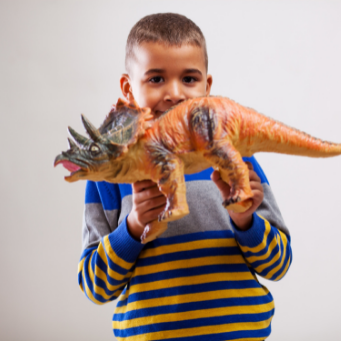
Storytime: Trouble-to-Toys
Join Let's Talk Science Outreach to read Lisa Lucas's book, "When the Earth Shook" and complete a hands-on science activity about upcycling waste!
In this activity, students will learn about how waste contributes to climate change and a solution for this problem. Using everyday household items, they will turn a waste item into a fun new toy.
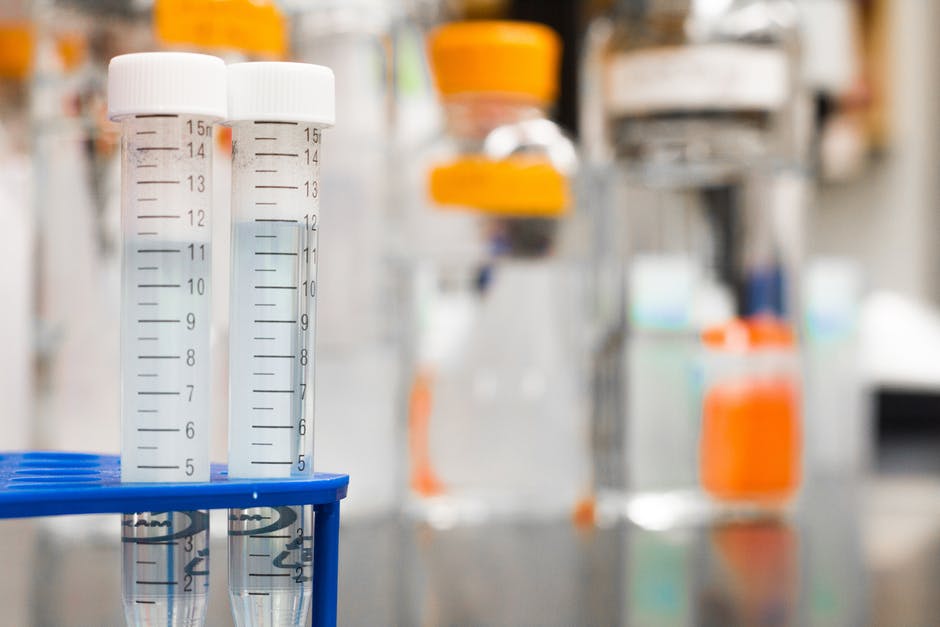
STEM Workshop: DNA Extraction
Discover the miracles of science and the basis of what makes you what you are in this exciting workshop! You will be extracting DNA from fruits.
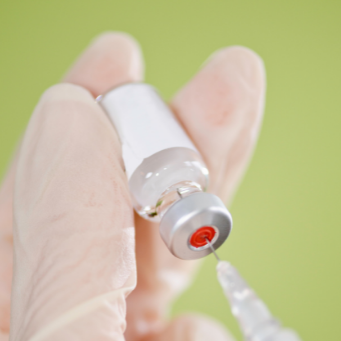
Let’s Talk Vaccines
What are vaccines? How do they work? Why do we need them? In this symposium, we will learn from academic and industry professionals about vaccines and immunizations.
Not only will we learn about the influence of vaccines on a personal level, we will also understand the roles they play in our community, and why they are especially important in the COVID-19 pandemic. Are you curious about the making of vaccines? Are you interested in public health? Join us as we bust all myths around vaccines and learn about the science of immunization.

Let’s Talk Great Lakes: Water Quality
The Great Lakes are five lakes in North America that are all freshwater lakes. This freshwater makes up 20 per cent of the world’s surface freshwater.
Four of these lakes are located in Ontario Canada: Lake Huron, Lake Ontario, Lake Erie, and Lake Superior. Lake Michigan is the only great lake that is entirely in the United States of America. These lakes are extremely important for aquatic life, ecosystems, drinking water, irrigation, as well as transportation. Invasive species, pollution, habitat destruction, as well as climate change are having significant impacts on these lakes.
This initiative is to highlight these issues, potential career opportunities associated with the Great Lakes, as well as to give hands-on opportunities to high school students in the aquatic and terrestrial fieldwork that is performed in and around these lakes.


















